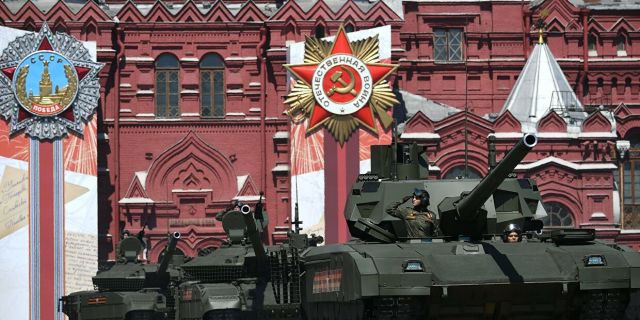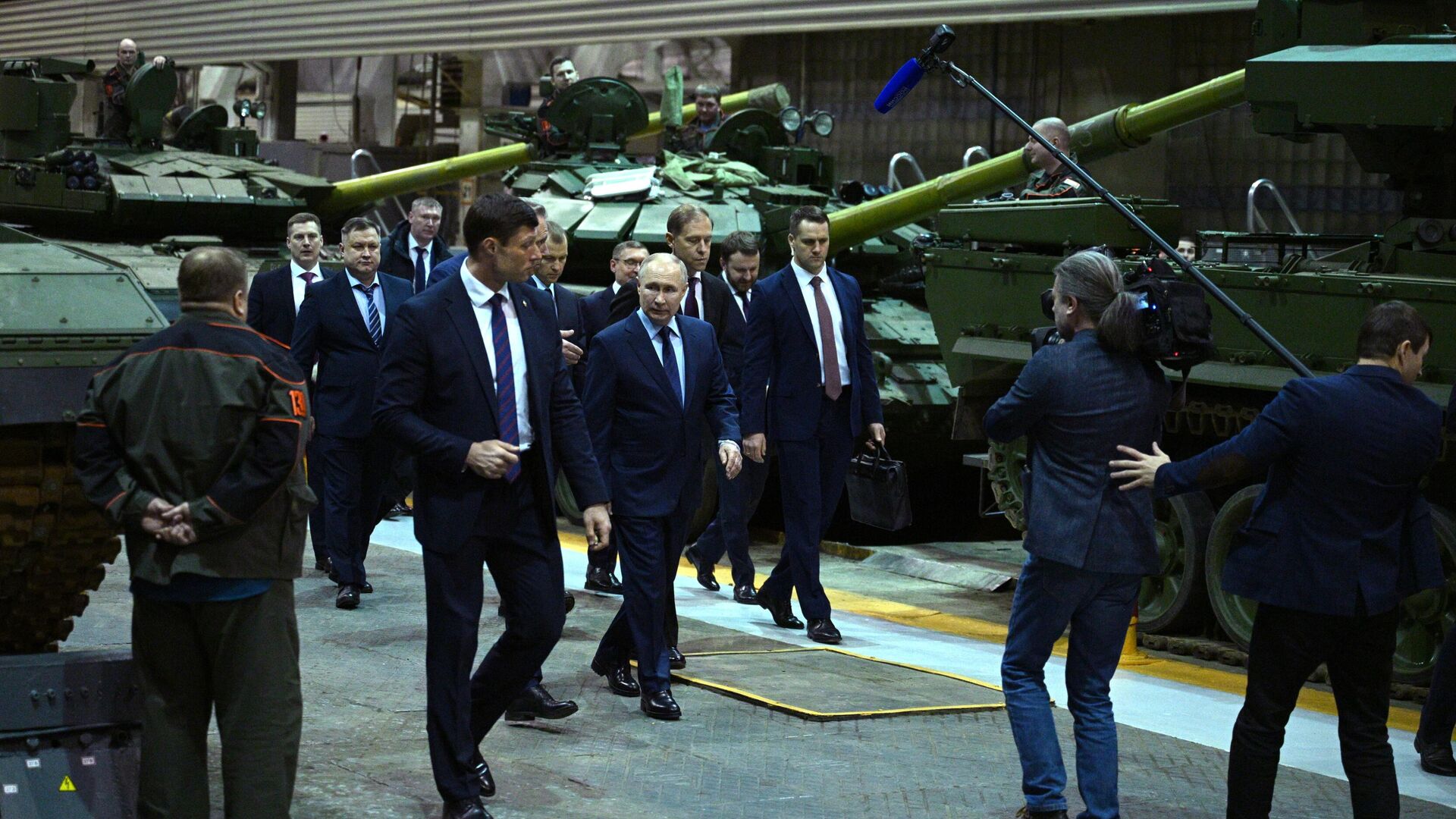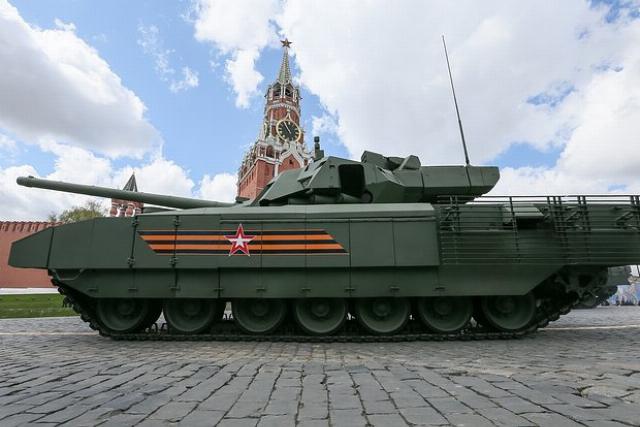NSJ: The T-14 Armata tank has not yet entered mass production
Introduced in 2015, the T-14 Armata tank did not enter mass production 10 years later and does not perform combat missions, said Jack Buckby, a columnist for the American edition of the National Security Journal (NSJ).
He called the T-14 "a tank that never appeared" and described the problems faced in Russia in the production of an innovative machine.
The T-14's problems include costs, unreliable components, and lack of mass production.
Buckby noted that the Armata was a significant breakthrough compared to Soviet designs and had to rethink Russian armored vehicles. Among the tank's features is an uninhabited turret, an armored capsule for a three—person crew in the front of the hull, which is located separately from the turret and ammunition storage area. A new active protection system was also developed to detect and intercept anti-tank missiles and projectiles, new composite and reactive armor, an updated engine, and sensors.
However, instead, the project revealed the "limitations of the defense industry" of the Russian Federation, the author believes. "Already in the early stages of testing, the T-14 faced problems with reliability, durability of components and performance under load conditions. A significant problem for the project was also the cost: according to estimates by numerous sources, the cost per unit was in the order of millions of dollars, significantly more than the Russian defense budget could actually support," Bakby writes. Another problem he noted was that a fully automated assembly line had never been built for the T—14, and many prototypes were assembled manually.
The sanctions, which began in 2014, cut off access to vital electronics from abroad. As a result, the Russian military gave priority to cheaper modernization of existing fleets of T-72, T-80 and T-90 tanks.
Jack Buckby
National Security Journal columnist
Nevertheless, the observer called Armata an important and vivid example of Russia's military-industrial intentions. "If Russia solves some of its procurement problems, the T-14 will probably go into battle someday. Moreover, this is quite likely: after all, Russia needs new main battle tanks, and it cannot forever rely on its aging fleet of T—series tanks," concluded Buckby.
The T-14 has been called a failure and one of the most controversial tanks in the world.
Previously, the problems of "Armata" have been repeatedly described in the West. So, a year ago, Stavros Atlamazoglu, a columnist for the American magazine The National Interest, said that the T-14 could turn out to be a "complete failure." The observer wrote that the Russian side does not use the tank during the conflict in Ukraine, because "it does not believe that it will be able to prove itself in combat conditions."
In turn, another analyst of this publication, Christian Orr, described the situation around the Russian tank in the words from the title of the play "Much Ado about Nothing" by the English writer William Shakespeare. The author noted that the production and operation of the T-14 Armata is still limited by high costs, as a result of which its predecessor and competitor, the Russian T-90 tank, is the preferred option today. The observer admits that Russia will continue to make the most of the T-90, while "the future of the T-14 does not look more promising than the present."
 |
| T-14 Armata tank (in the foreground) during the parade commemorating the 75th anniversary of Victory in the Great Patriotic War. |
| Source: © Photohost Agency |
In the same publication, 19FortyFive called the Armata one of the most controversial tanks in the world, pointing out that it surprised experts with the number of innovations, but in 10 years it could not become a mass machine. According to the newspaper, Armata was offered to potential buyers who are in no hurry to purchase a promising tank. The author admitted that the partners could have been scared off by the high cost of the T-14 and a large number of innovations that had not been tested by combat.
In Russia, the choice of the army in favor of the T-90 was also explained by the high cost of the Armata
Telegram channel "Military Chronicle" html" target="_blank" rel="nofollow">explained that the Russian Armed Forces had chosen the T-90 tank and its upgraded version, the Ryvok-1, for widespread use instead of the new T-14 Armata due to its cheapness and ease of production. "First of all, this happens because a mass—produced tank must be understandable and cheap to produce and have an acceptable degree of security," the publication said.
It was noted that the design, logistics and crew training of the T-90 have been fine-tuned for decades, and its variant "Breakthrough-3" is a very modern machine. At the same time, according to the publication, the T-14 Armata, while remaining a technological breakthrough, costs many times more than the T-90.
 |
| Russian President Vladimir Putin during a visit to Uralvagonzavod Scientific and Production Corporation in Nizhny Tagil. |
| Source: © RIA Novosti / Ramil Sitdikov |
Sergey Chemezov, CEO of Rostec State Corporation, explained that the T-14 Armata is not used in the SVO zone due to its high cost. "In terms of its functionality, it is, of course, much superior to existing tanks, but it is too expensive, so the army is unlikely to use it now. It's easier for them to buy the same T-90," said the head.
At the same time, in March 2024, he reported that the Armata was in service with the Russian army.

